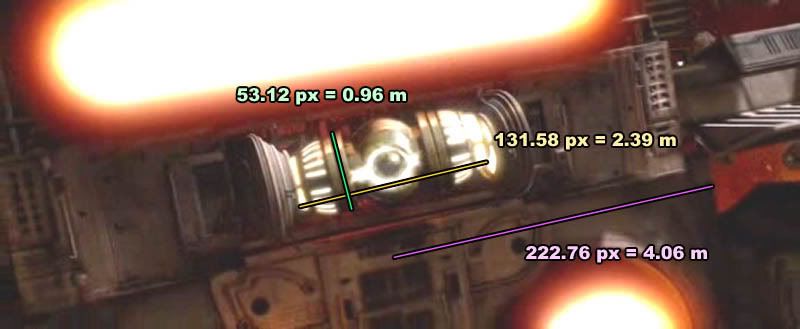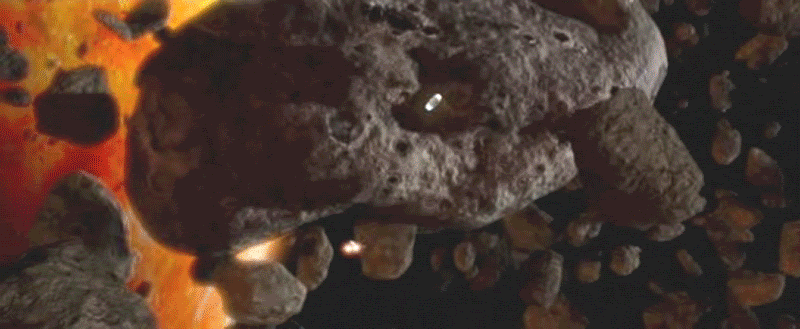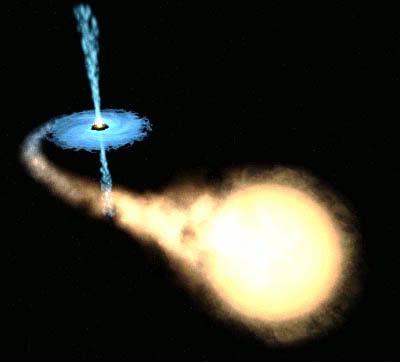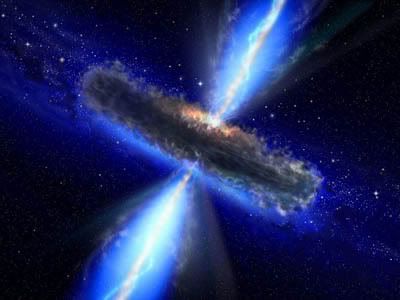They were used during the pursuit between Jango and Obi-Wan, in Geonosis' asteroid field.
Jango released them from the rear of the Slave-I, as unguided mines, and detonated from a distance which would, he hoped, destroy Obi-Wan's craft by shattering many asteroids on the way, and thus generate a rain of hazardous and dangerous debris.
- Seismic Mine Dimensions
I'll use the following Slave-I dimensions:
Length: 21.5 meters (height in flight)
Width: 21.3 meters (wingspan)
Height/depth: 7.8 meters (depth in flight)
Coupled to measurements made on the seemingly accurate enough Slave-I schematic from the EGVV, I obtain the following dimensions:

Lenght: 2.39 m.
Width: 0.96 m.
- The build up phase

There are several phenomenoms we can observe.
- The charge explodes. Within 280 ms, a m wide sphere has already been generated, and quickly expands. It is semi-opaque, and could a form of "smog" of some sort.
This is also accompagnated by the creation of two slowly stretching opposite pairs of concentric cones. Let's call them polar cones.
It takes roughly 1.44 seconds for the sphere to reach its maximum diameter, roughly 23.72 meters. - When the two polar cones start to tighten, and two opposite pules of light are seen converging on the sphere, sliding down along the cones. The sphere starts to flatten at the same time.
During the sphere's compresion, clouds of particles are pulled towards the center of the sphere, followed by smaller asteroids, as we can see in the following animations:
Gravity#1.
Gravity#2. - While the sphere flattens, if becomes a little bit wider and whiter. More luminous.
- When the two opposite pulses of light make contact at the center of the now disc-looking sphere, a new explosion happens, and the destructive and extra thin disc expands.
- Only the corona of the disc is visible, while there's some residual matter left where the reaction occured. The polar cones slowly vanish out of view.
The edge is moving at 146.75 m/s.
- We can also observe how this looks incredibly familiar to the theoretical representations of black holes, including accretion disks and jets:


Illustrations not mine.
- Power of the seismic mines
I produced three small animations featuring the major asteroid destructions. I have enhanced the luminosity, and slighty upped the contrast for sharper details. Besides, they're in 32 colours.
Clip #1.
Clip #2.
Clip #3 (continuation of clip#2).
We can see that the enormous asteroids actually break into extremely big pieces, while roughly fighter sized debris occur in a band above and below the slit.
The rock is amber hot where it has been cut by the blue wave.
1. The first mine explodes 11 seconds after it's released, and the blue wave lasts 5.4 seconds on screen.
The interesting part here is that the camera is inside the mine storage room, so we see what's behind the Slave-I, and there are no debris nor any blue wave to be seen.
Same when the mine is released, and the camera pans towards Obi-Wan's starfighter, who's following Jango: no debris, no blue wave.
Mind you, this could be the result of the montage, especially since the second wave lasts longer. After all, the second whole sequence seems more continuous.
2. Approximatively 5.4 seconds after the first mine exploded, Jango releases another one. The second one explodes 4.5 seconds after being released. Once again, there is evidence that little bits were cut, so it's likely that the mine exploded more lately after release.
Most interesting is the major impact that occurs 6.5 seconds after the second mine exploded, shown in the third clip.
As we can see, the idling asteroid is actually destroyed by a possibly former sliced half smashing into it.
Well, it looks like a big debris from the former shock.
However, in the third clip, the massive rock, coming from behind, moves considerably faster than pieces of the same size, propelled after the blue wave hit the very large asteroids they were part of.
This shows that the extra velocity is not the fruit of the weapon, as no debris of that size was ejected that fast.
If this piece, hitting the large asteroid in the third clip, is not another asteroid that just luckily looks like it was broken apart, then it means that this large bit has been accelerated by another impact from another asteroid, which itself, was not propelled by the blue wave.
It could also be that this large impactor, was part of a larged asteroid which already moved at signficant speed before being hit by the disc.
Anyway, basically, if we want to gauge the momentum of debris released after asteroids got shattered, we have to look at the first and second clips, but not at the third one.
- The charge explodes. Within 280 ms, a m wide sphere has already been generated, and quickly expands. It is semi-opaque, and could a form of "smog" of some sort.